Stephen E. Braddock's Ireland Diary
On the way to Connemara this morning, I stopped at Aughnanure Castle. Built by the O'Flahertys c. 1500, the castle lies in picturesque surroundings close to the shores of Lough Corrib.
In 1546 the O'Flaherty's motto "Fortune favours the strong" and the powerful Mayo O'Malleys Motto "Powerful by land and by sea", were joined in the marriage of Donal an Chogaidh O'Flaherty and Grainuaile/Grace O'Malley.
Standing on what is virtually a rocky island, the castle is a particularly well-preserved example of an Irish tower house.
During a stretch break on a quiet country road, I happened upon a monument to Father Michael Griffin, an Irish Catholic priest.
On the night of 14 November 1920, during the Irish War for Independence, Griffin, a known Irish republican sympathizer, was abducted from his home and taken to Lenaboy Castle, where he was questioned.
On 20 November, his body was found in an unmarked grave in this bog at Cloghscoltia near Barna. He had been shot through the head.
On 23 November, after Griffin's funeral mass at St Joseph's, the funeral cortege took place through the streets of Galway. Three bishops, 150 priests and in excess of 12,000 mourners participated.
The priest was buried in the grounds of Loughrea Cathedral and this monument stands in his memory.
The story of Kylemore Abbey is a truly remarkable one that spans over 150 year of tragedy, romance, innovation, education and spirituality. Built as a breathtaking Castle in 1868,it is now the Abbey and home of the Benedictine community of nuns.
The Benedictine nuns arrived at Kylemore in 1920 after their Abbey in Ypres, Belgium was destroyed in the early months of World War I.
frbraddock
23 chapters
16 Apr 2020
Day 16: Connemara & Sligo
August 23, 2018
|
Sligo City, County Sligo
On the way to Connemara this morning, I stopped at Aughnanure Castle. Built by the O'Flahertys c. 1500, the castle lies in picturesque surroundings close to the shores of Lough Corrib.
In 1546 the O'Flaherty's motto "Fortune favours the strong" and the powerful Mayo O'Malleys Motto "Powerful by land and by sea", were joined in the marriage of Donal an Chogaidh O'Flaherty and Grainuaile/Grace O'Malley.
Standing on what is virtually a rocky island, the castle is a particularly well-preserved example of an Irish tower house.
During a stretch break on a quiet country road, I happened upon a monument to Father Michael Griffin, an Irish Catholic priest.
On the night of 14 November 1920, during the Irish War for Independence, Griffin, a known Irish republican sympathizer, was abducted from his home and taken to Lenaboy Castle, where he was questioned.
On 20 November, his body was found in an unmarked grave in this bog at Cloghscoltia near Barna. He had been shot through the head.
On 23 November, after Griffin's funeral mass at St Joseph's, the funeral cortege took place through the streets of Galway. Three bishops, 150 priests and in excess of 12,000 mourners participated.
The priest was buried in the grounds of Loughrea Cathedral and this monument stands in his memory.
The story of Kylemore Abbey is a truly remarkable one that spans over 150 year of tragedy, romance, innovation, education and spirituality. Built as a breathtaking Castle in 1868,it is now the Abbey and home of the Benedictine community of nuns.
The Benedictine nuns arrived at Kylemore in 1920 after their Abbey in Ypres, Belgium was destroyed in the early months of World War I.
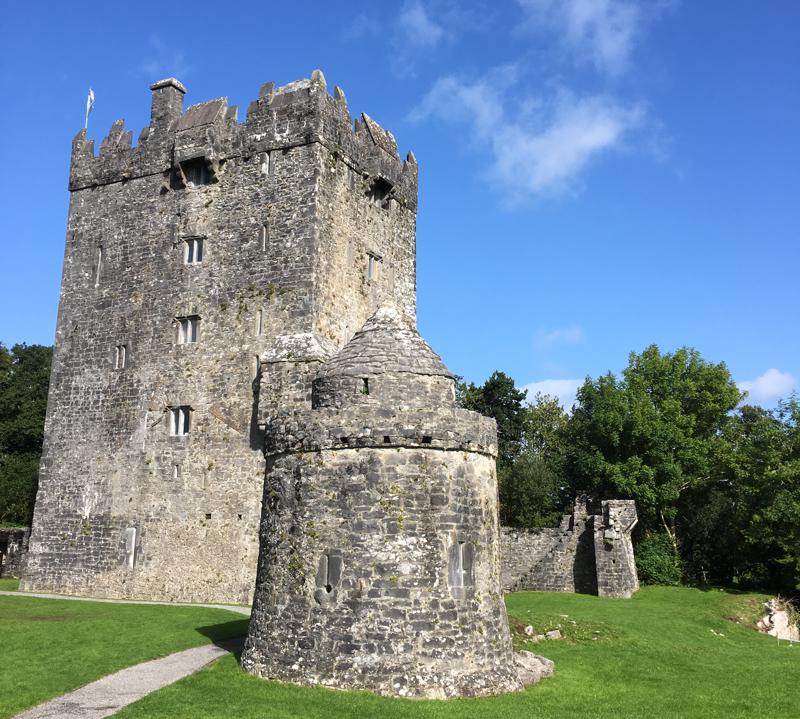
Settling at Kylemore, the Benedictine Community opened a world renowned boarding school for girls and began restoring the Abbey, Gothic Church and Victorian Walled Garden to their former glory.
I had to be especially cautious driving through the scenic Connemara National Park region as the narrow roads are shared heavily by goats, sheep, and cyclists.
Situated in the West of Ireland in County Galway, Connemara National Park covers some 2,957 hectares of scenic mountains, expanses of bogs, heaths, grasslands and woodlands.
Some of the park's mountains, namely Benbaun, Bencullagh, Benbrack and Muckanaght, are part of the famous Twelve Bens or Beanna Beola range.
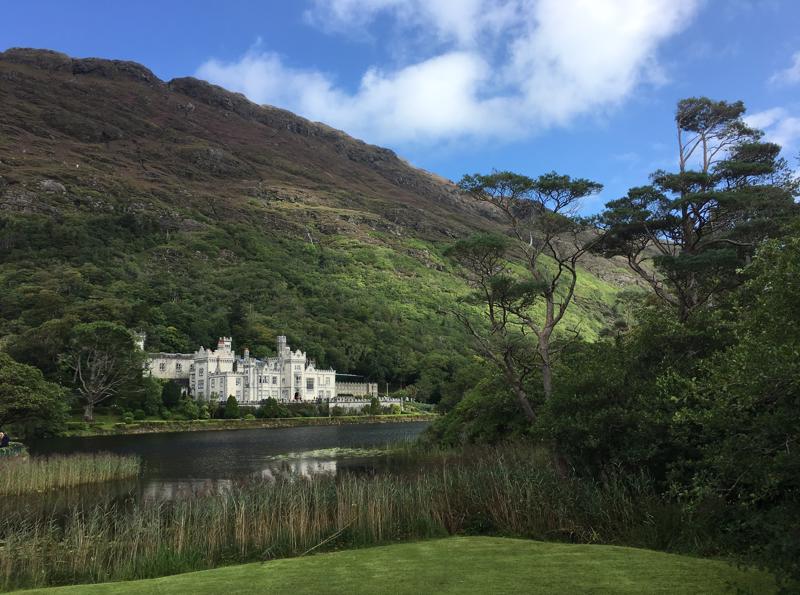
The park is also home to Connemara ponies, red deer and an enormous variety of bird-life, including skylarks, stonechats and peregrine falcons.
The rare and beautiful Connemara Marble is found exclusively along Ireland’s rugged wild Atlantic coast. This marble has green of almost every hue in arresting layers and patterns, each piece unique.
Connemara marble was formed from sediment deposited in a shallow primal sea over 600 million years ago. It was transformed by the intense temperatures and pressures generated in the formation of the mountains of the West of Ireland and Scotland over 390 million years ago.
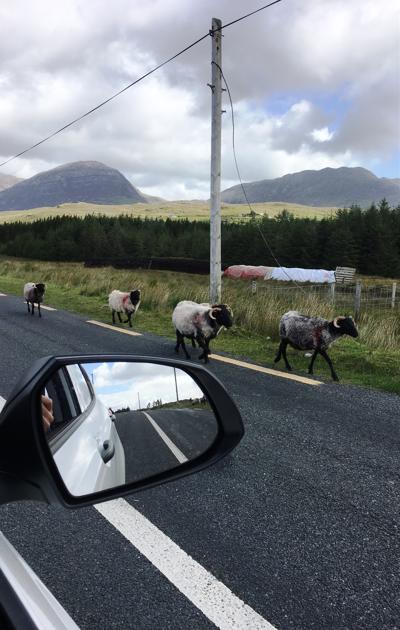
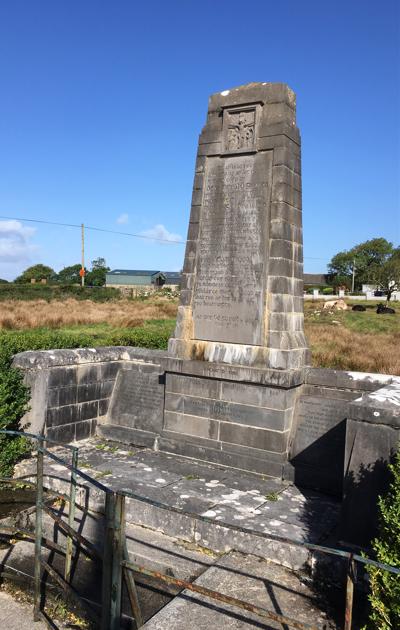
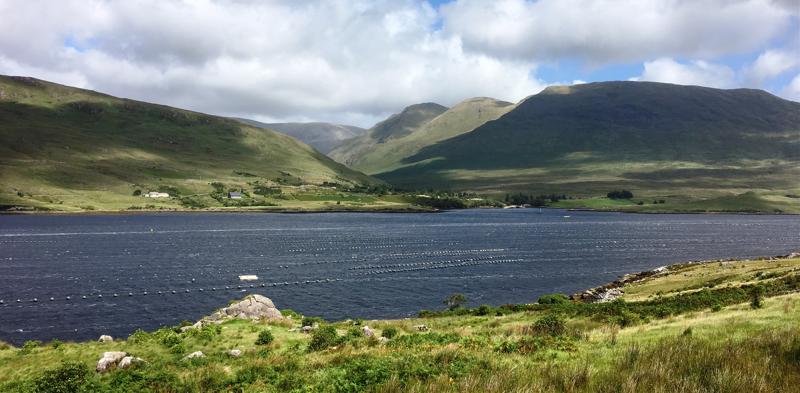
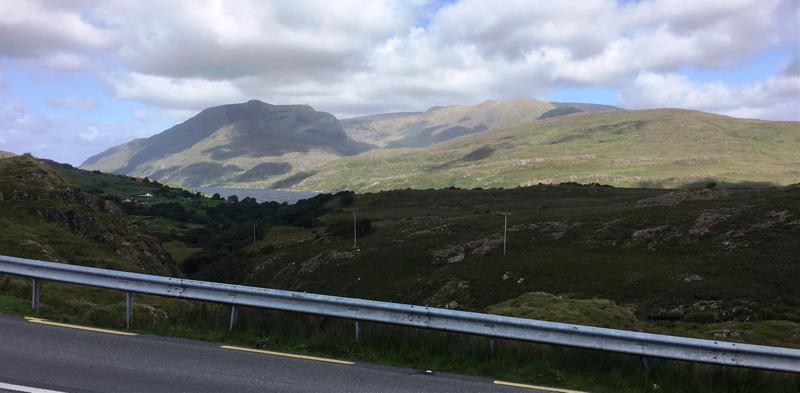

Sligo Cathedral may refer to the Cathedral of the Immaculate Conception, one of the Roman Catholic cathedrals in Ireland, or
St John the Baptist Cathedral, one of the Church of Ireland cathedrals.
Sligo Abbey is a ruined abbey in Sligo, (officially called the Dominican Friary of Sligo) and was originally built in 1253 by the order of Maurice Fitzgerald, Baron of Offaly.
It was destroyed in 1414 by a fire, ravaged during the Nine Years' War in 1595 and once more in 1641 during the Ulster Uprising. The friars moved out in the 18th century, but Lord Palmerston restored the Abbey in the 1850s.
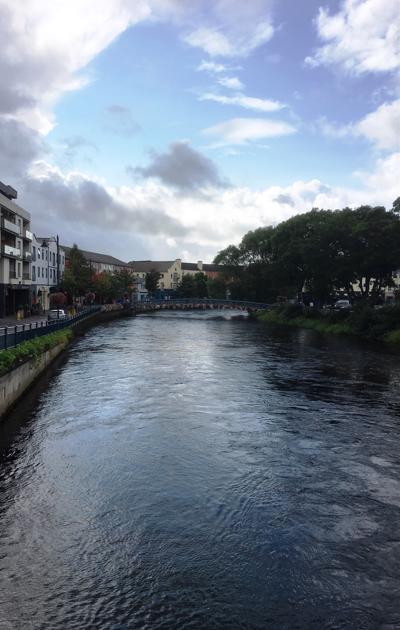

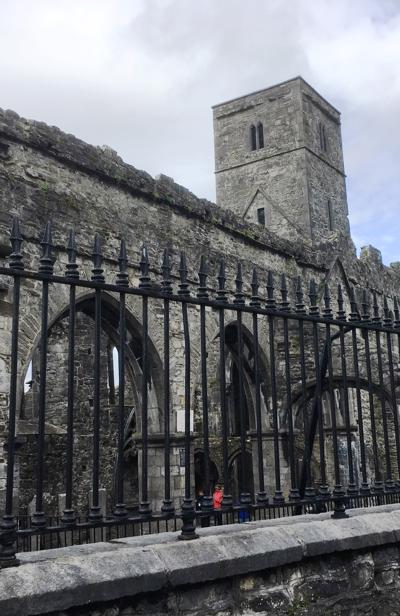
The statue below is a memorial in bronze, erected at Sligo Harbour in 1997 to mark the 150th anniversary of 'Black '47'.
The family are shown comforting one another, and the child points to the New Land to which they will sail. More than 30,000 people left Sligo for new lives abroad between the years 1847 and 1851. This sculpture is one of three commissioned by the Sligo Famine Commemoration Committee. In the background, a plaque displays a 'Letter to America, January 2, 1850."
Owen Larkin did not know, when he wrote the letter, his son was already dead.
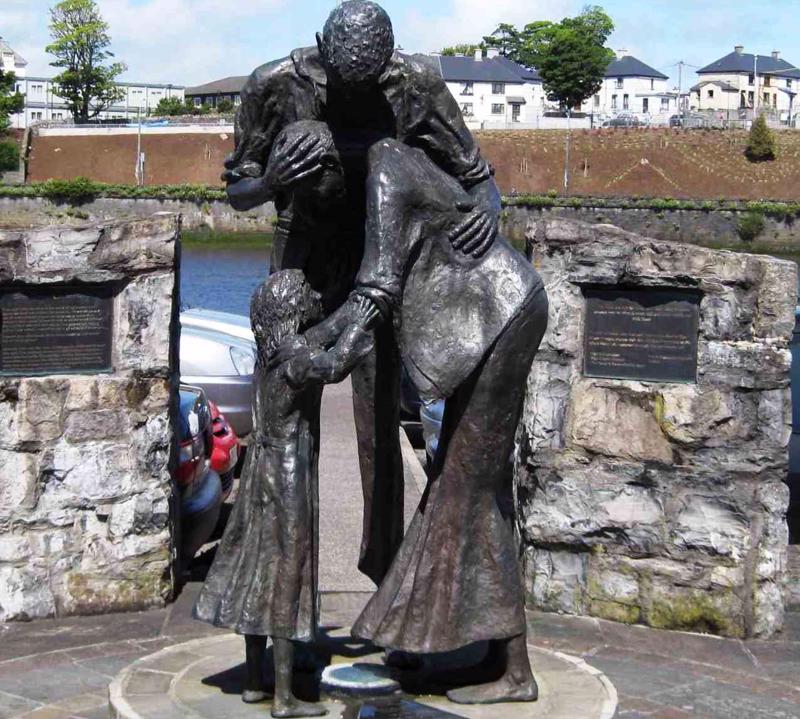
"I am now I may say alone in the world all my brothers and sisters are dead and children but yourself... We are all ejected out of Mr. Enright's ground the times was so bad and all Ireland in such a state of poverty that no person could pay rent.
My only hope now rests with you, as I am without one shilling and as I said before I must either beg or go to the poorhouse... I remain your affectionate father Owen Larkin be sure answer this by return of post."
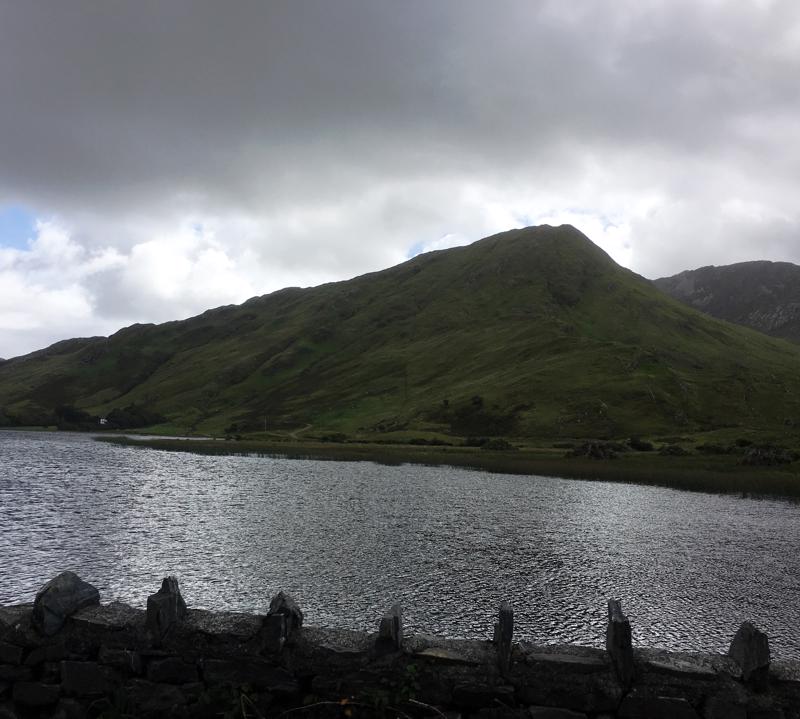
1.
Off to the Emerald Isle!
2.
Day 1: Dublin
3.
Day 2: Dublin
4.
Day 3: Dublin
5.
Day 4: Rosslare Harbour
6.
Day 5: Kinsale
7.
Day 6: Kinsale Part Two
8.
Day 7: The Wild Atlantic Way Begins...
9.
Day 8: The Wild Atlantic Way to Killarney
10.
Day 9: Tralee
11.
Day 10: Tarbert
12.
Day 11: Loop Head
13.
Day 12: Ballinasloe, Clarke Family History, & Knock Shrine
14.
Day 13: Galway City
15.
Day 14: Ballyvaughan - The Burren, County Clare
16.
Day 15: Cliffs of Moher. ALONE!!!
17.
Day 16: Connemara & Sligo
18.
Day 17: Sligo and Great Grandparents Devins
19.
Day 18: Roscommon & Athlone
20.
Day 19: Kildare, County Kildare & Dublin City
21.
Day 20: Mountjoy Prison, Dublin
22.
Day 21: Erin Go Bragh!
23.
Notes: Places I'd Stay Again
Share your travel adventures like this!
Create your own travel blog in one step
Share with friends and family to follow your journey
Easy set up, no technical knowledge needed and unlimited storage!